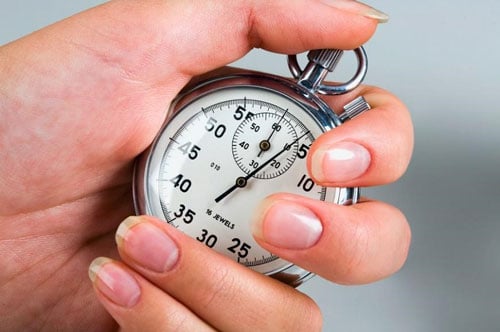 Sensory register or sensory memory is the shortest-term element of memory. Roughly speaking, it concerns memories that last no more than about a second or two.
Sensory register or sensory memory is the shortest-term element of memory. Roughly speaking, it concerns memories that last no more than about a second or two.
Sensory memory acts as a buffer for stimuli received through the five senses of sight, hearing, smell, taste, and touch, which are retained accurately but very briefly. For example, the ability to look at something and remember what it looked like with just a second of observation is an example of sensory memory.
Iconic memory refers to visual sensory memory, and echoic memory refers to auditory sensory memory. The sensory memory for touch is known as the haptic memory. The sensory memory for taste is known as gustatory and smell as olfactory.
Information that makes it through the sensory register has one of four futures:
- It may be forgotten almost immediately as we do with much of the information we do not regard as important at that time. Iconic memory lasts less than a second, while echoic memory lasts less than four seconds.
. - It may be held briefly (up to roughly 20 seconds) through simple attention and repetition, as we do with the number to the local pizza place after we’ve looked it up; this is referred to as our short- term memory.
. - It may be held a little longer (for a few minutes) through frequent repetition or simple “chunking” of the information into smaller items, as we might do with the phone number of a girl or boy we met at the dance (e.g., 555-6789 becomes 55-56-789); we often call this our working memory. Working memory also comes into play when we recall previously learned information from our long-term memory.
. - Through elaborative rehearsal — association, reorganization, repetition, and testing oneself — it becomes part of our long-term memory.
.
.



